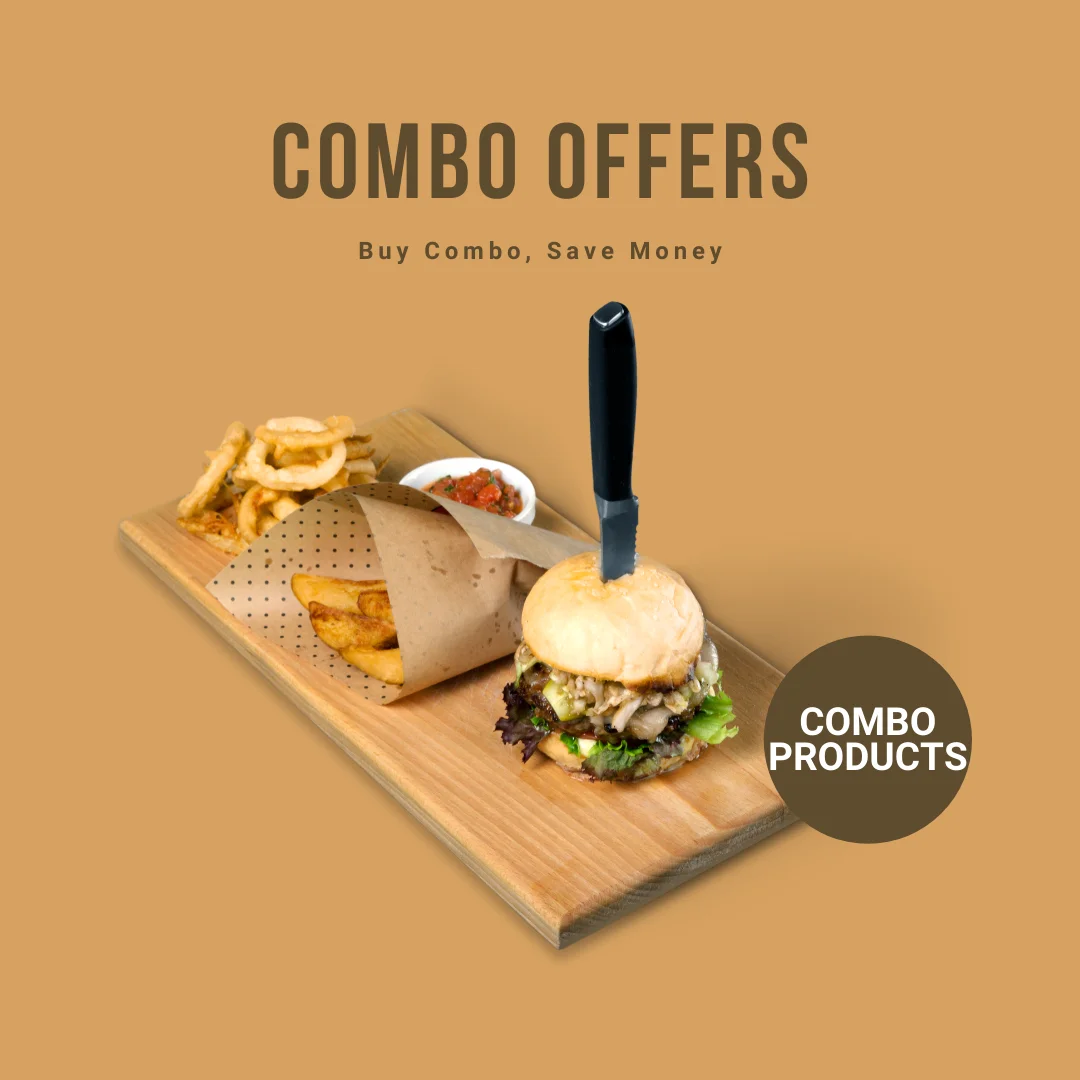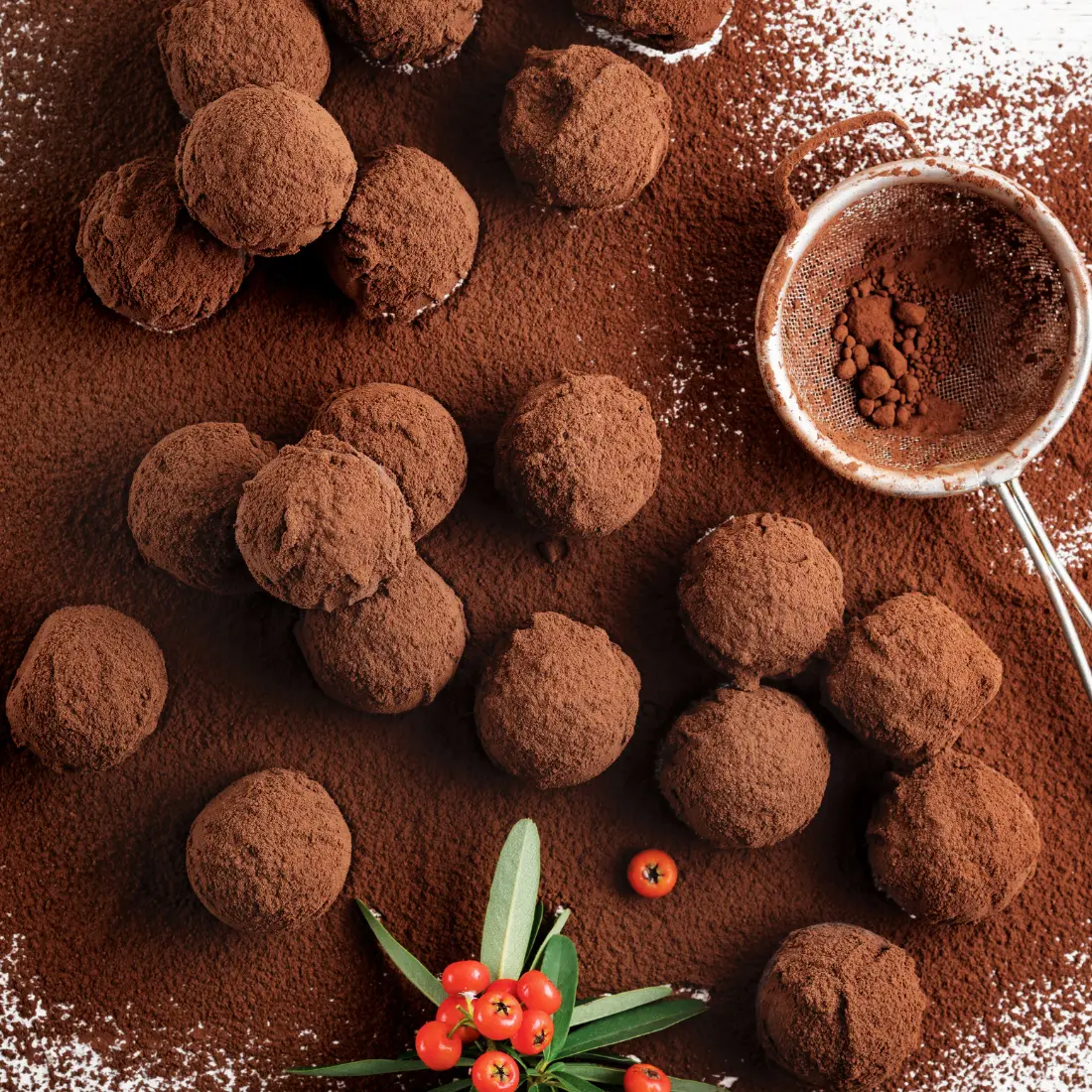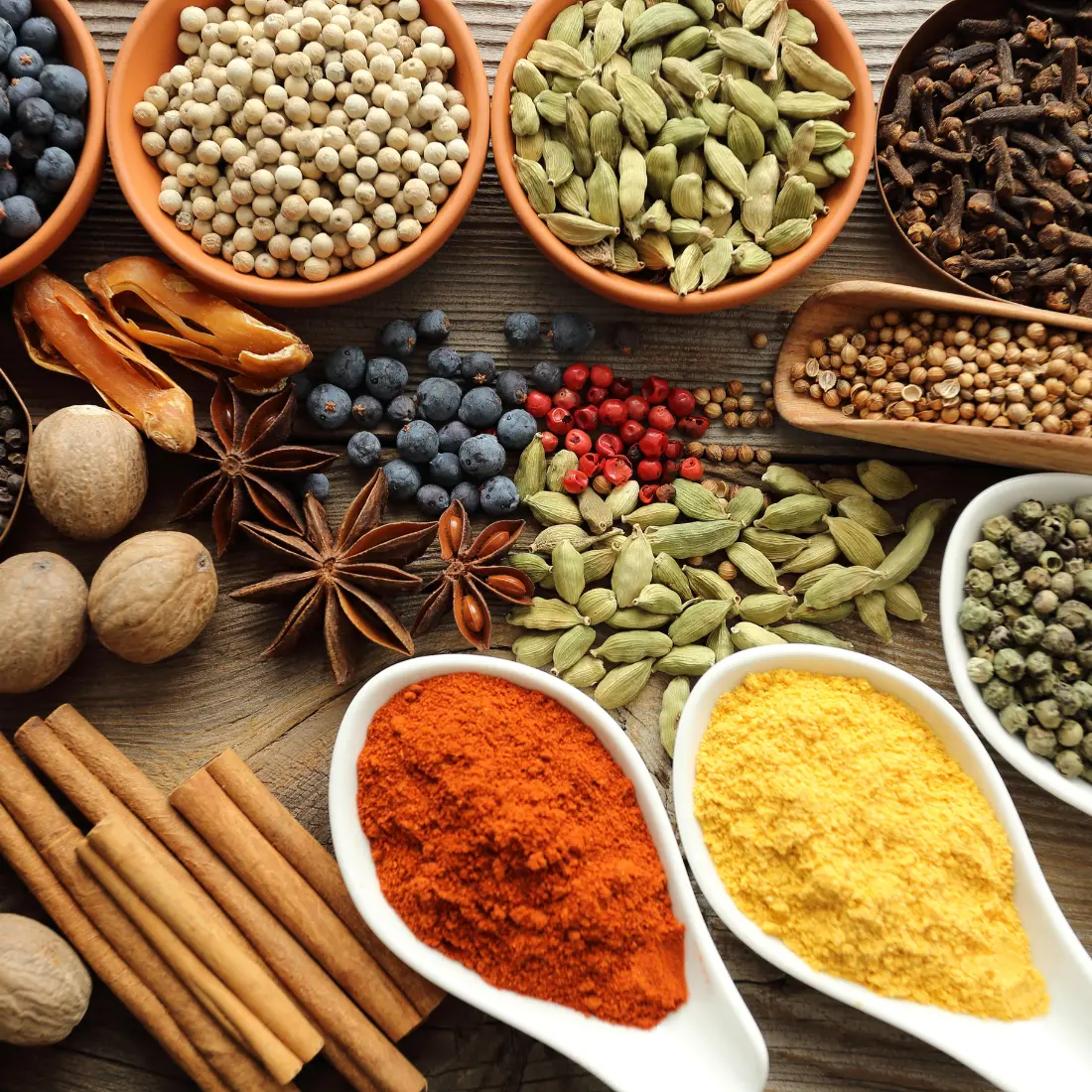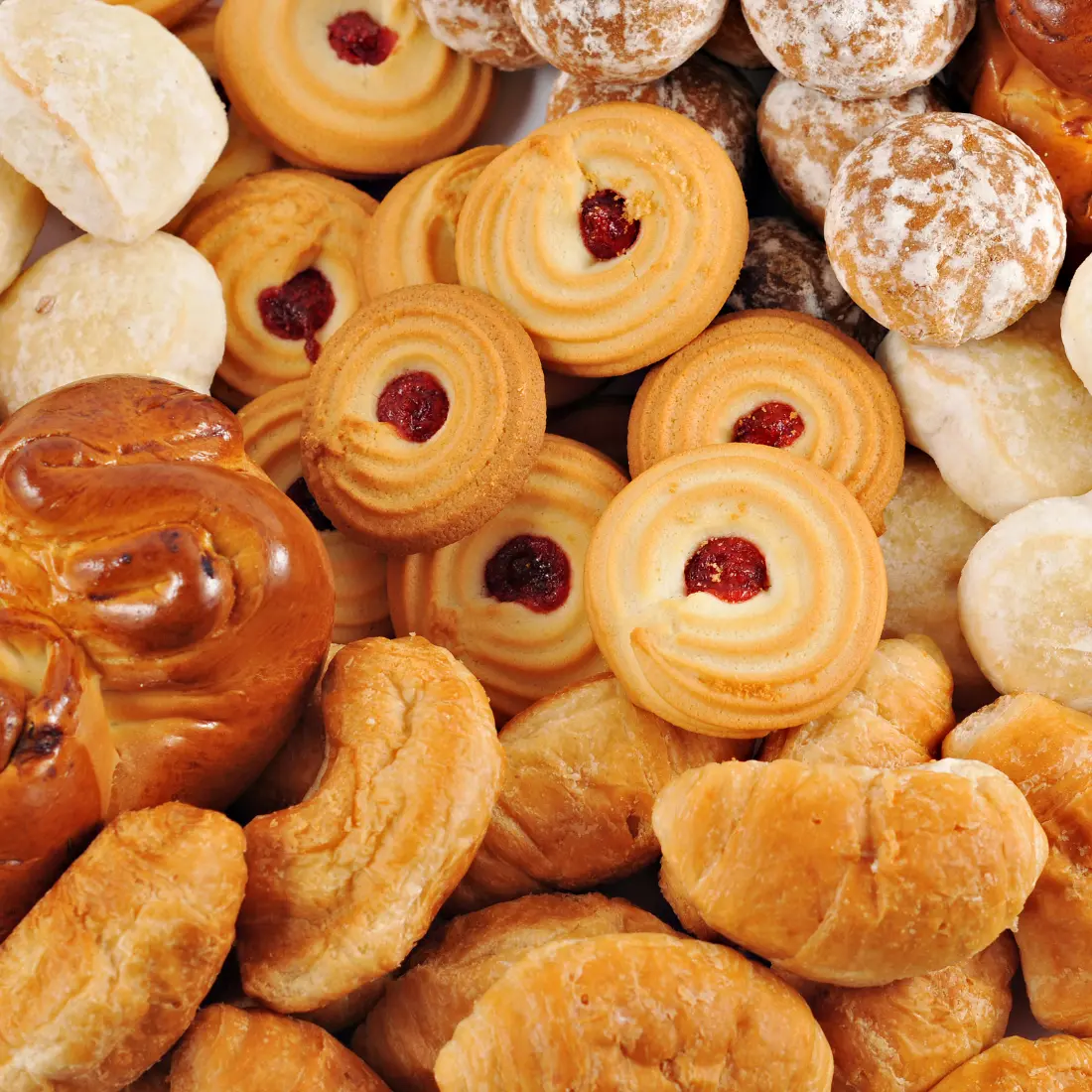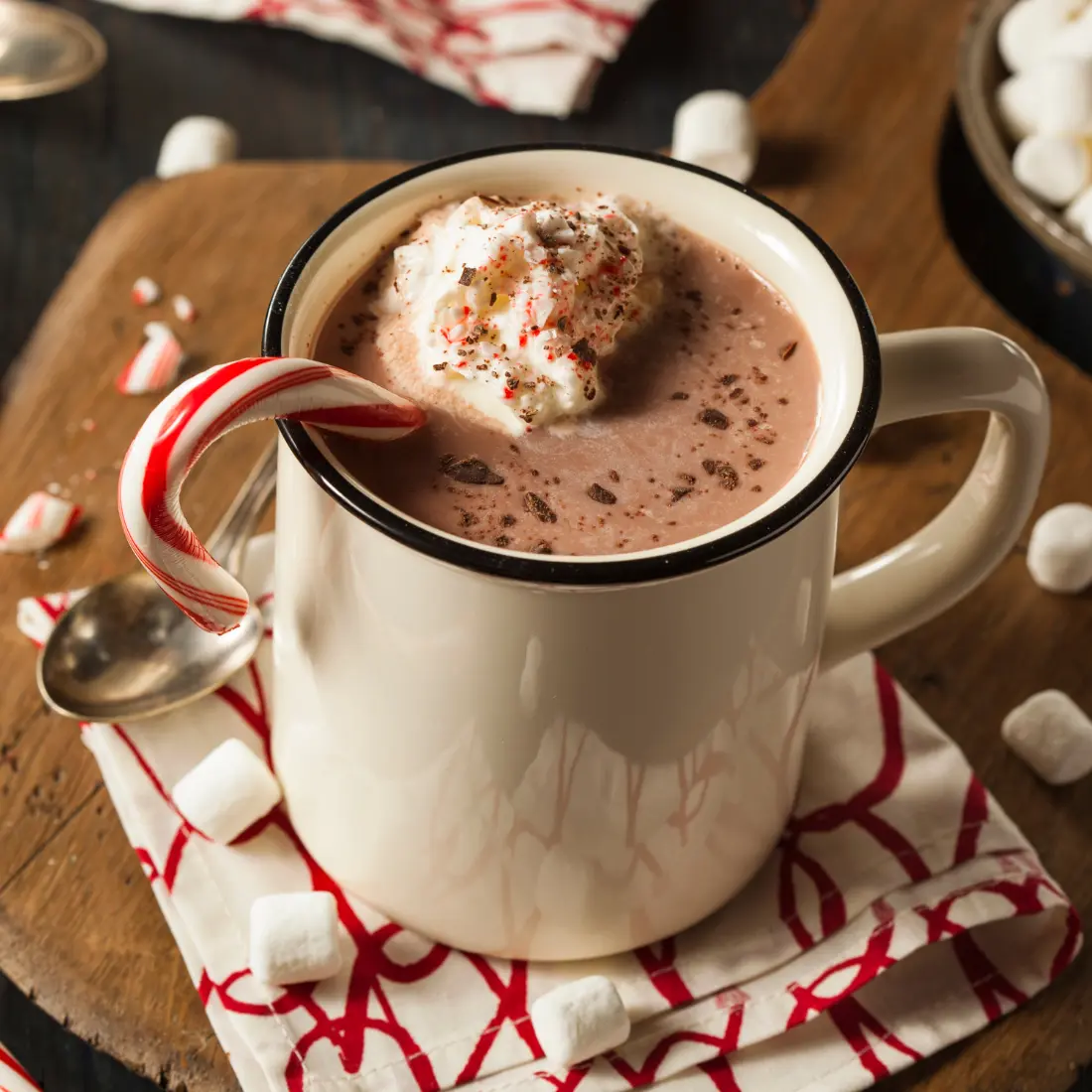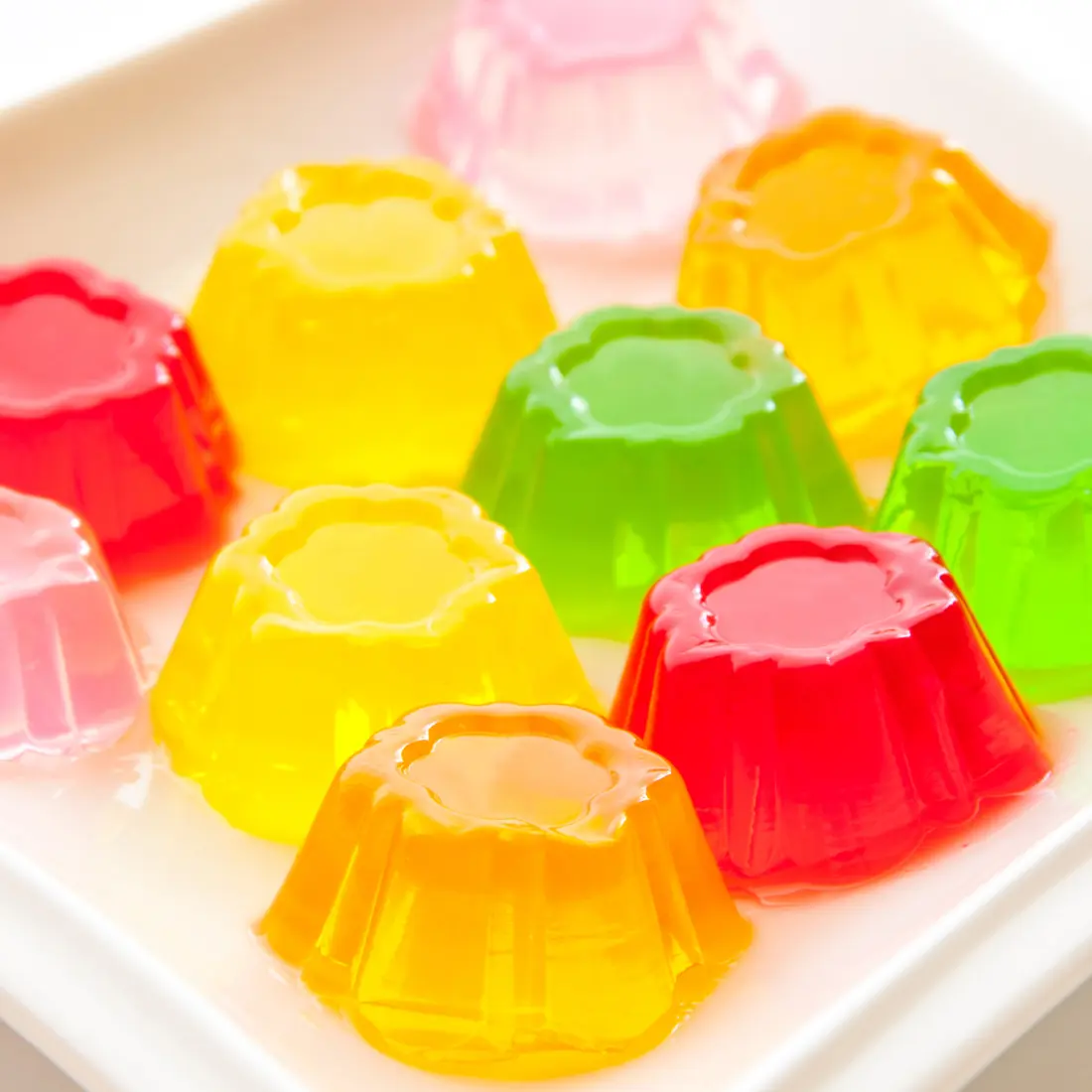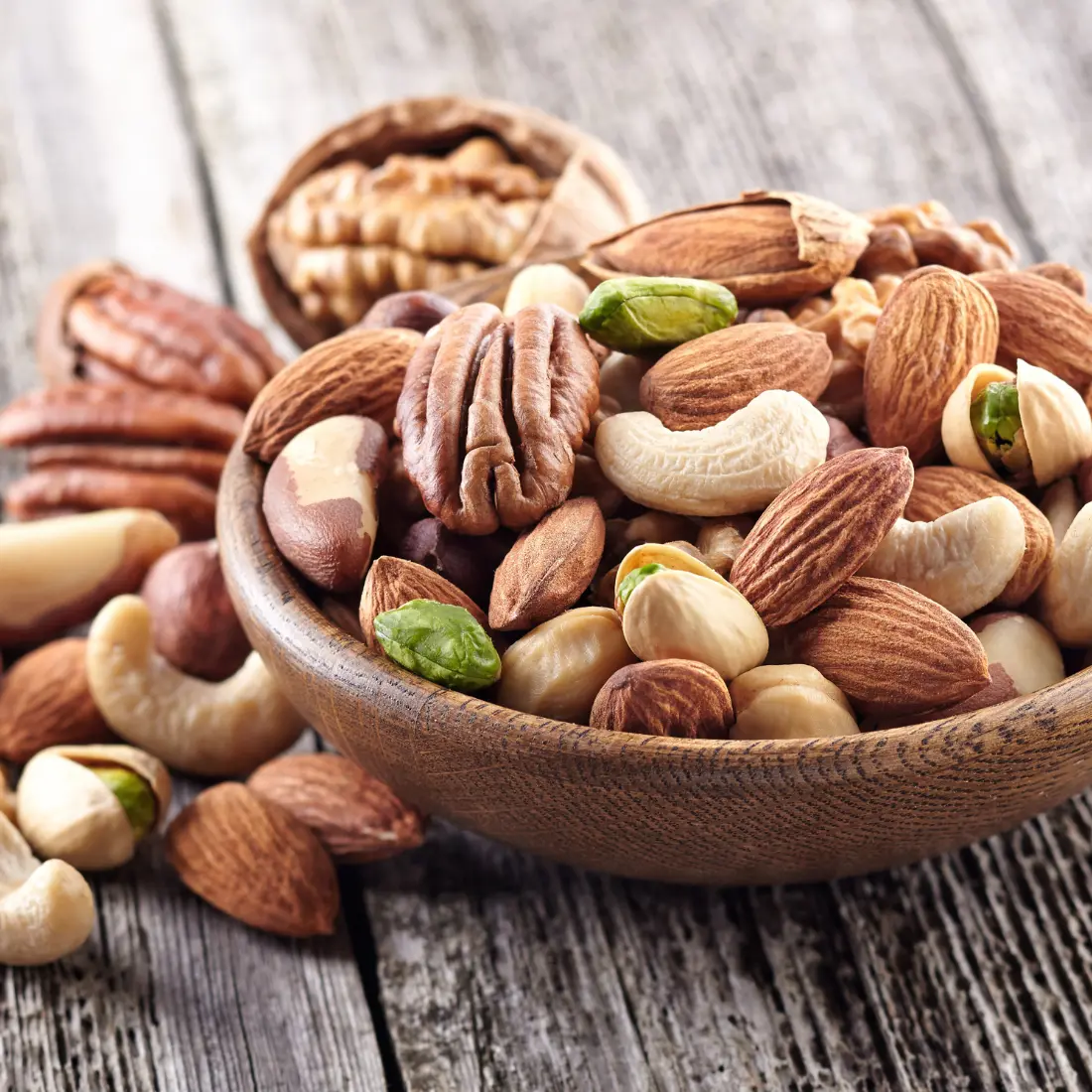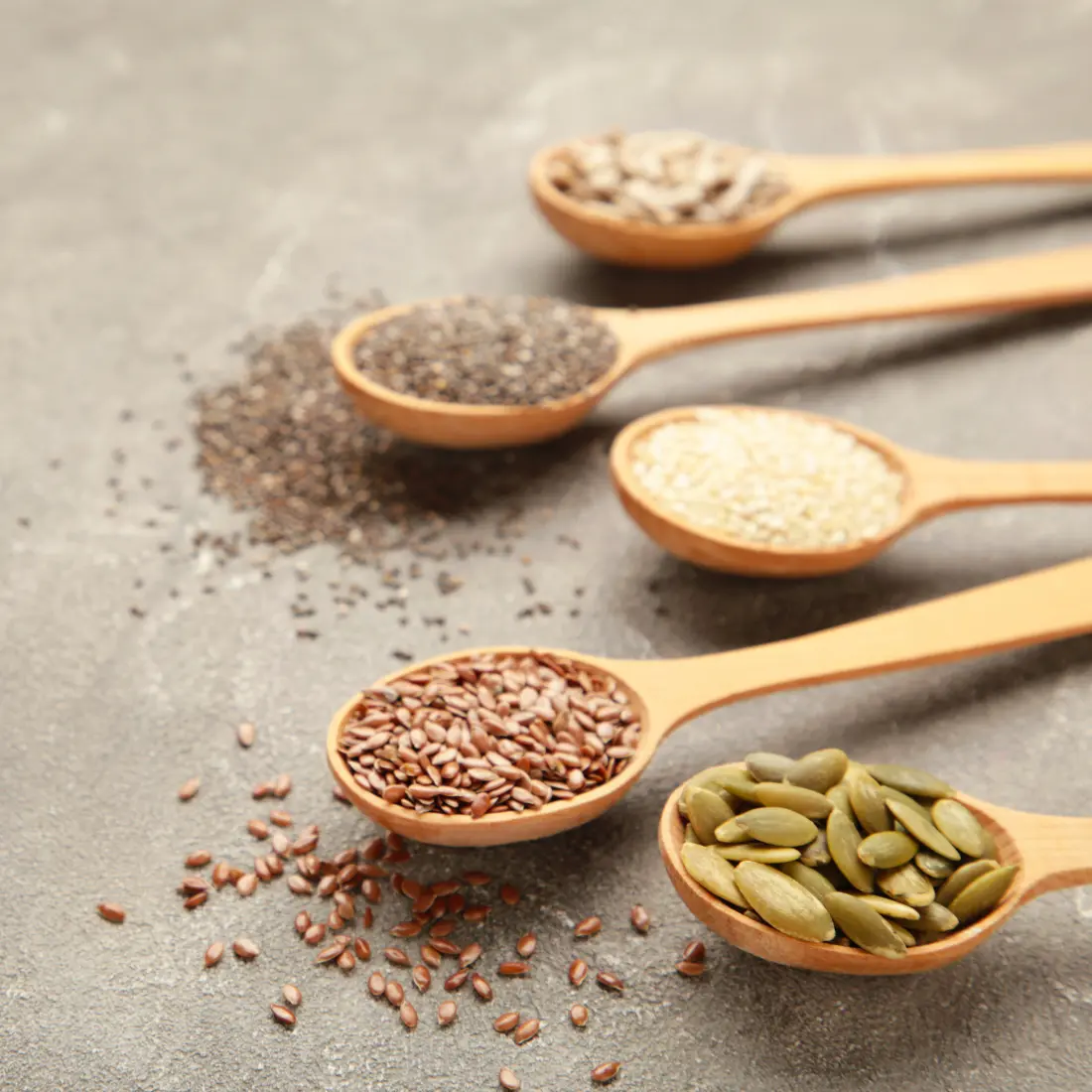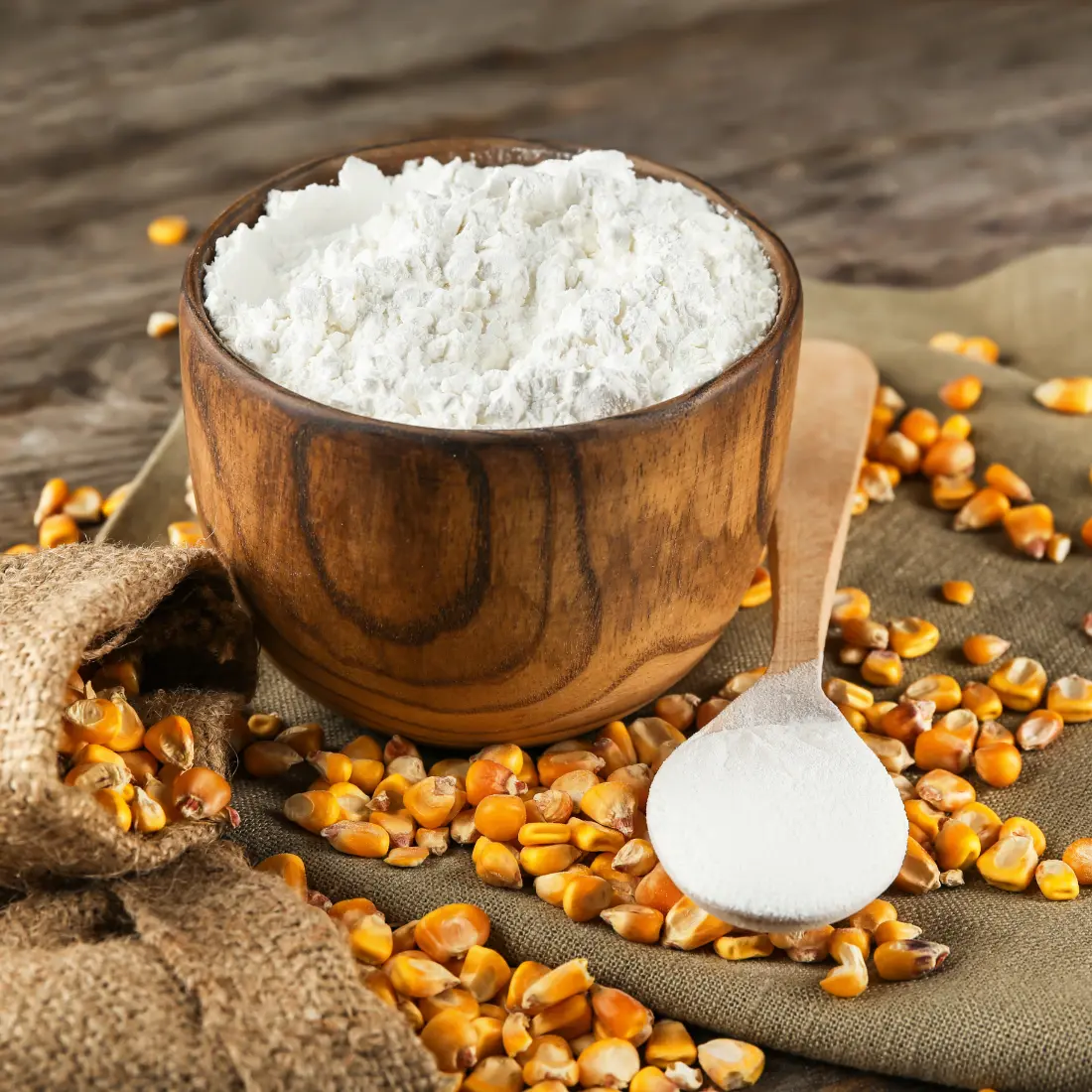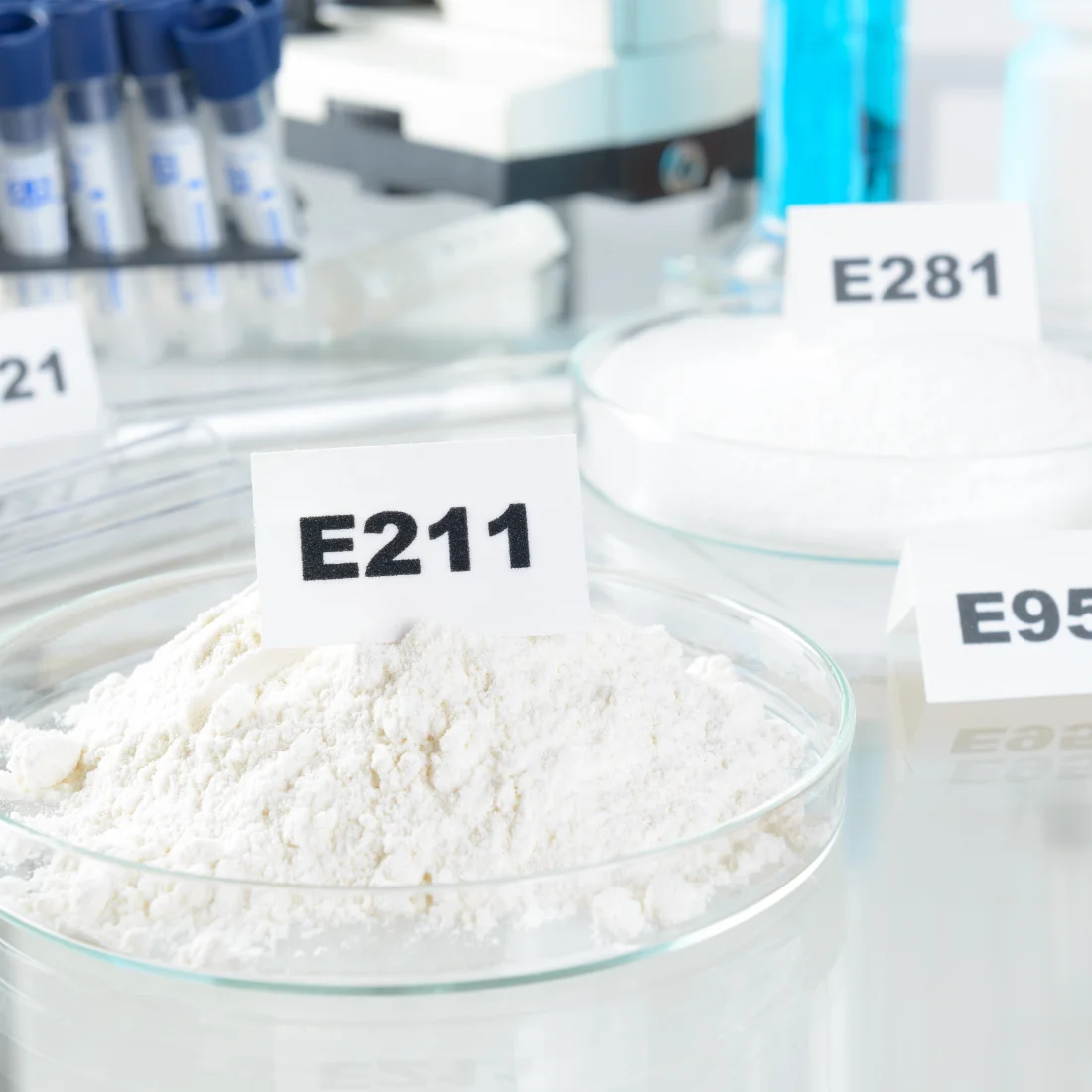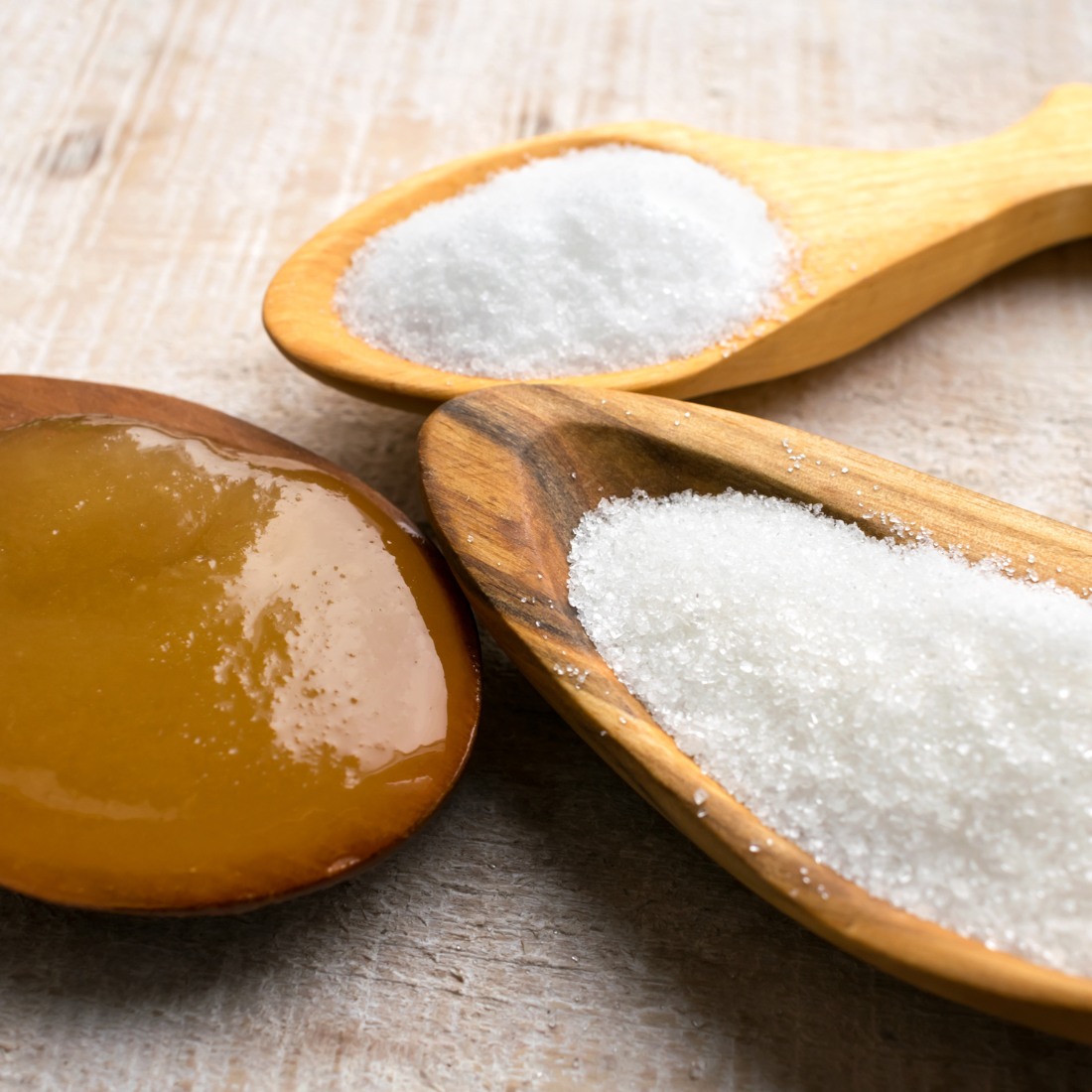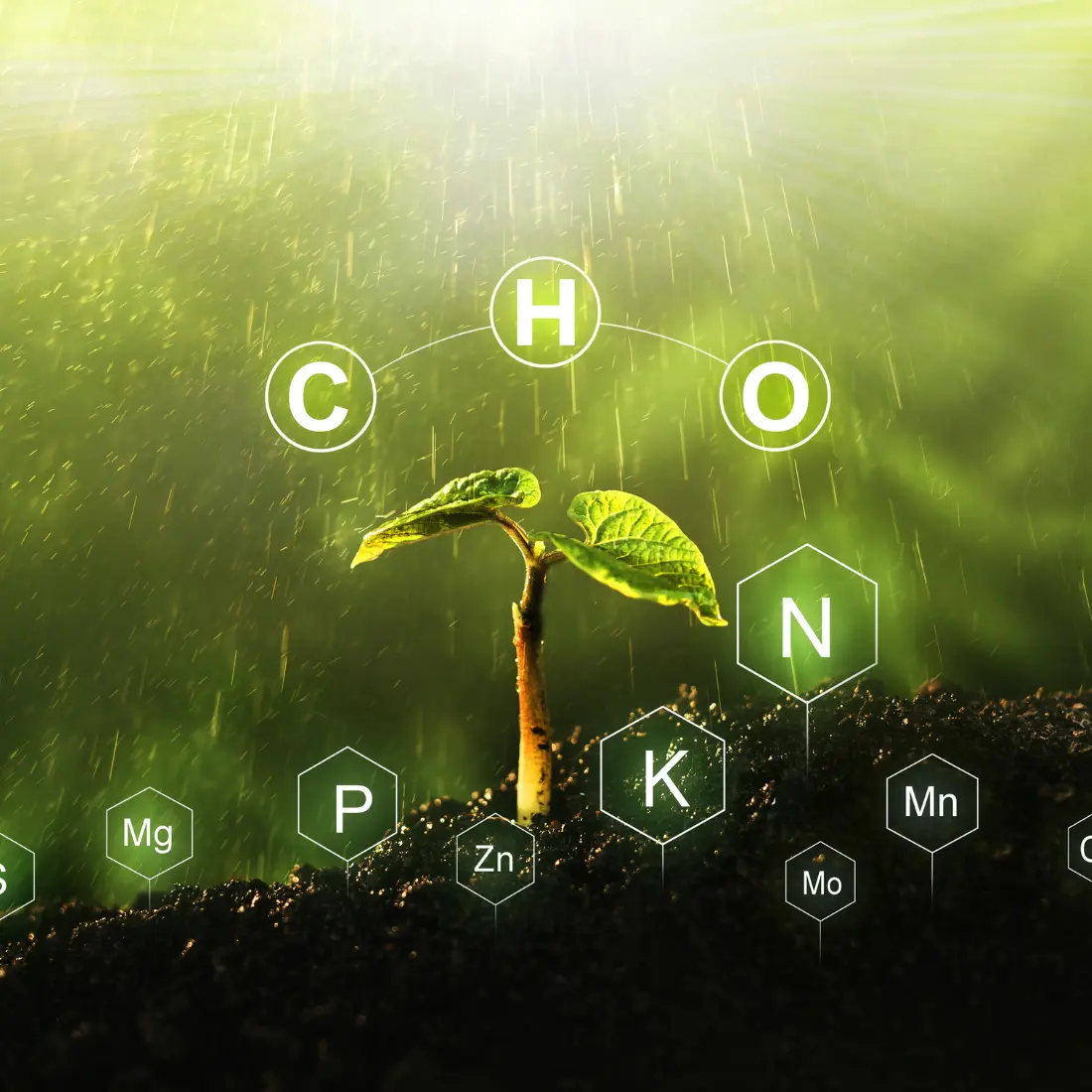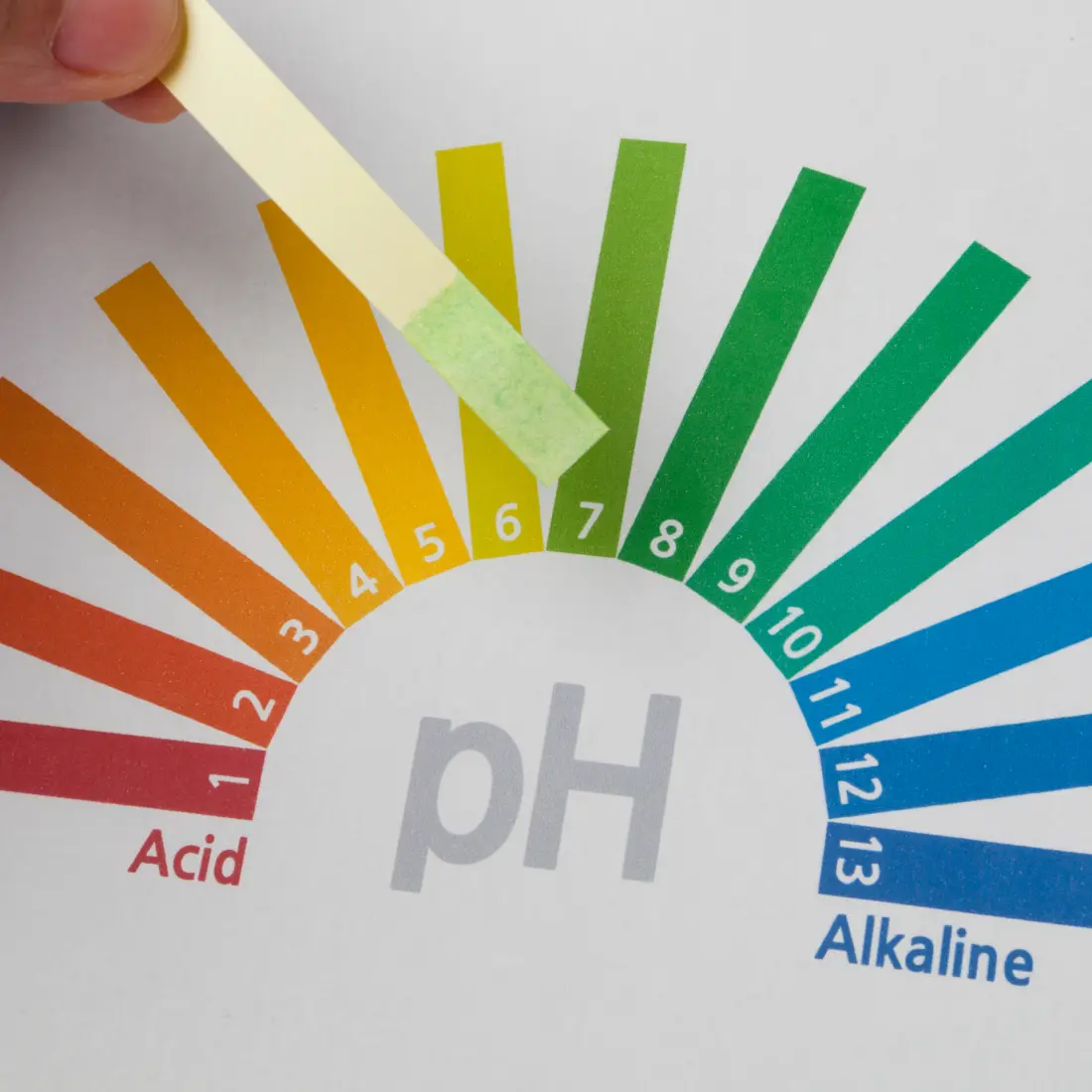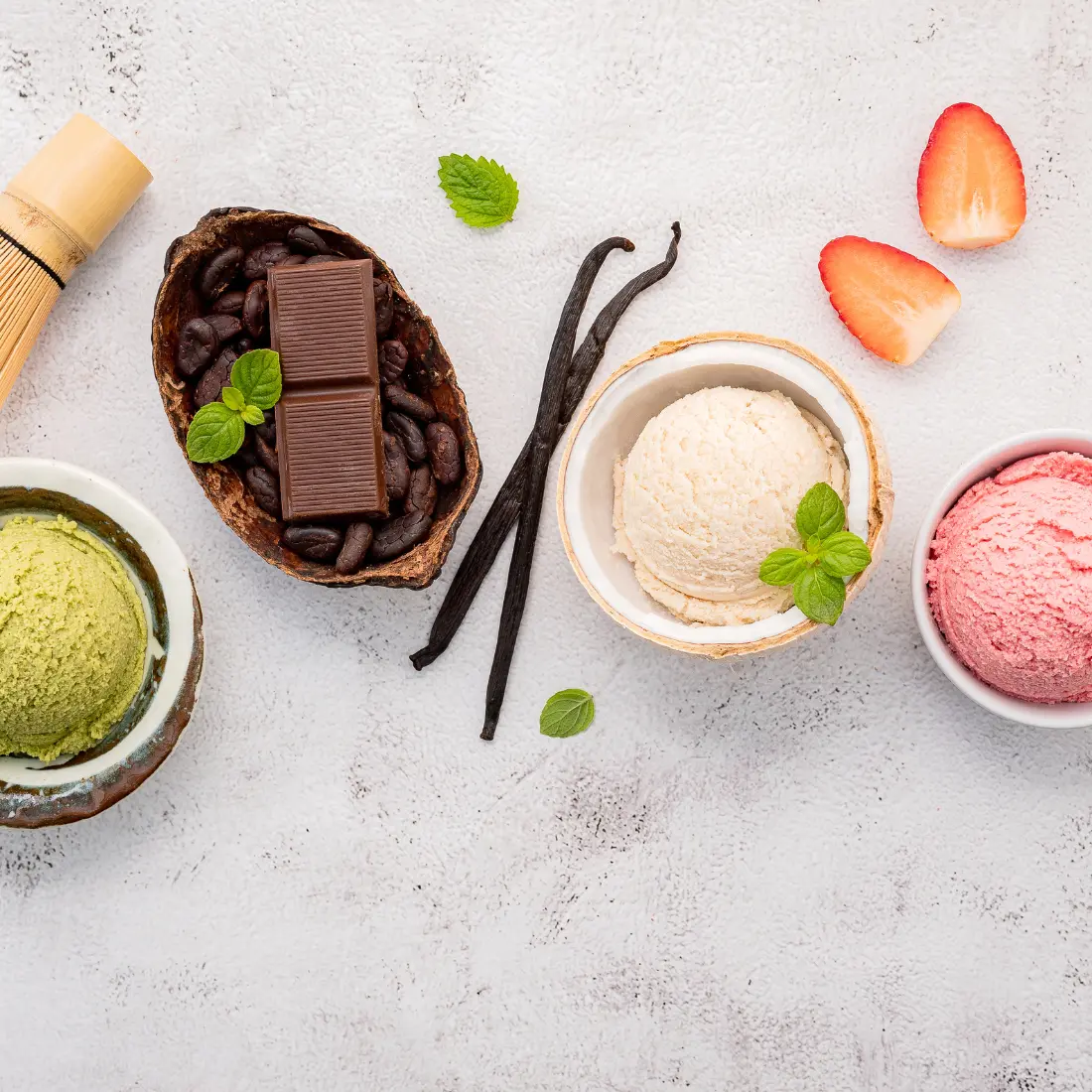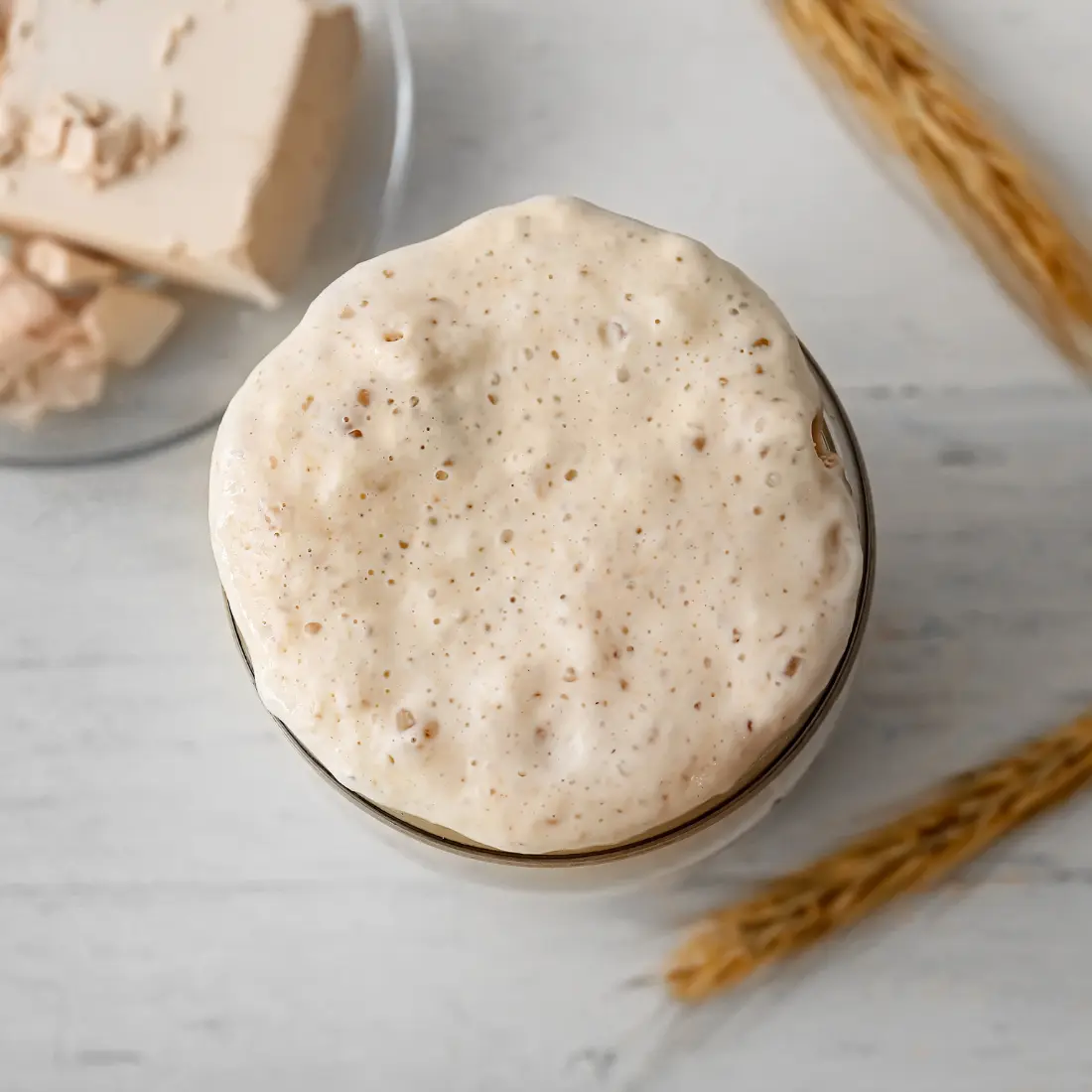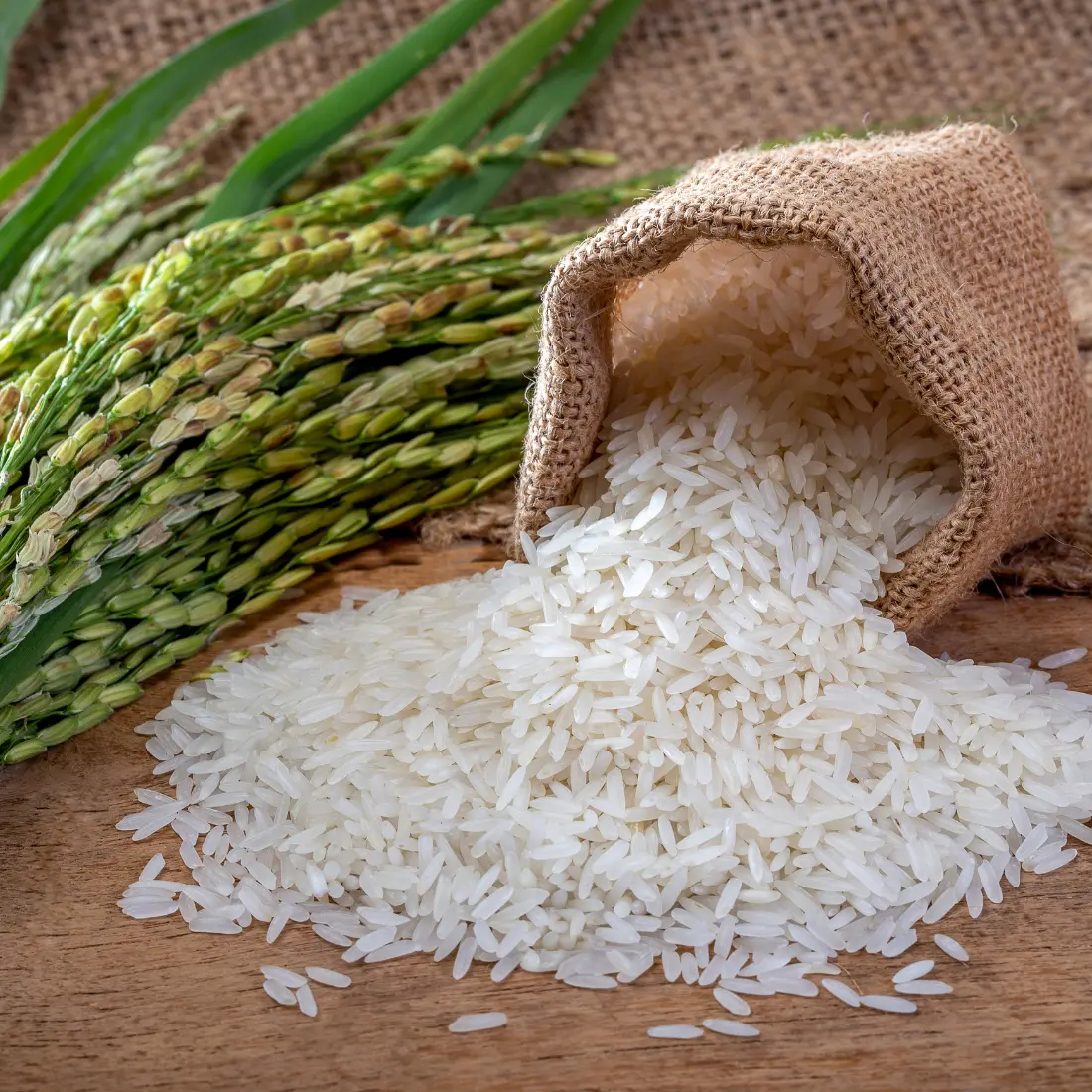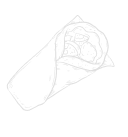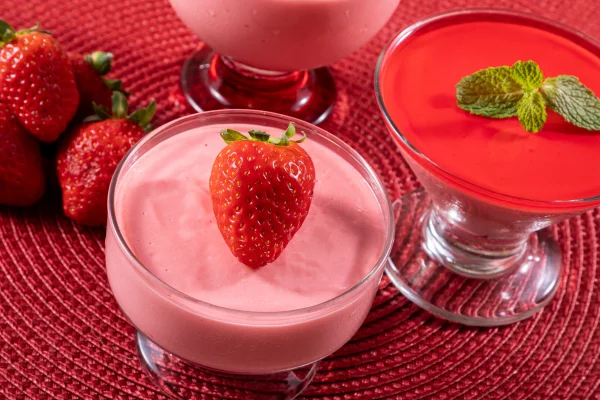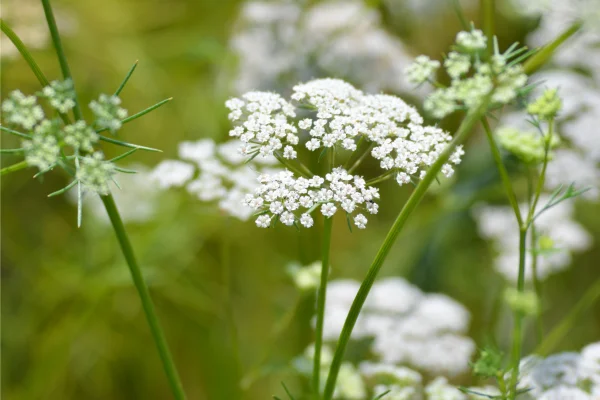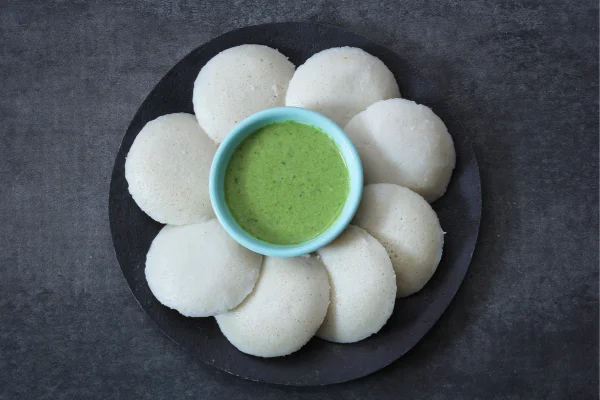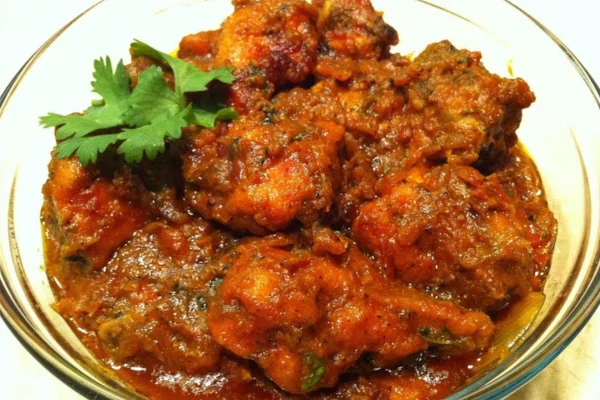Ever baked a cake before? Maybe you saw a mouth-watering cake from the bakery window, drooled over the dessert table at your cousin's wedding, or even had a birthday cake with your own name on it. In any case, baking a cake is pretty complicated! There are multiple factors to worry about during the process: Which ingredients should I use? What steps do I need to take? Are all of my ingredients safe to eat raw? And what surface should I use in order to bake my cake? Our blog article today tackles these tricky questions and more--including the five most important
What are the different ways of baking?
There are several different ways of baking, each with its own advantages and disadvantages. The most common way of baking is using an oven. Ovens can be electric or gas-powered, and they use dry heat to cook food. This type of baking is very consistent, and it’s easy to control the temperature of an oven. However, ovens can take a long time to preheat, and they can be expensive to operate. Another way of baking is using a microwave. Microwaves use electromagnetic waves to cook food quickly. They are very convenient, and they don’t require preheating. However, microwaves can sometimes cause uneven cooking, and they may not be capable of baking all types of recipes. Finally, there is the option of baking without using any equipment at all. This method is called “raw” or “living” baking. Raw baking is often used for recipes that don’t require cooking, such as no-bake cookies or raw cake batter. While this method is quick and easy, it’s important to be aware that raw baked goods may not be safe to consume if they contain raw eggs or uncooked flour. Keep in mind that no matter the cooking method, recipes for raw cake and other baked goods can include ingredients that don’t require heating and may pose a risk of illness if exposed to heat. For example, some recipes call for uncooked eggs or flour, which are not heated. If a recipe doesn’t specify whether or not you have to bake your goodies through the “raw” baking process, it must be assumed to contain these types of potentially contaminated ingredients. For example
How should I heat or cool the oven before baking a cake?
There are a few things to keep in mind when it comes to heating or cooling the oven before baking a cake. First, the oven should be preheated to the correct temperature before baking. This will help the cake to cook evenly. Second, the cake should be placed in the middle of the oven so that it cooks evenly on all sides. Third, the oven door should be opened carefully so that heat does not escape and cause the cake to become overcooked or uneven.
What kind of pan should I use when baking a cake?
There are a few things to consider when choosing what kind of pan to use when baking a cake. The first thing to think about is the shape of the cake you want to bake. The most common shapes for cakes are round, square, or rectangular. You will need to choose a pan that is the same shape as the cake you want to bake. The second thing to think about is the size of the cake. The size of the cake will determine how much batter you will need to make. It is important to choose a pan that is big enough to hold all of the batter for your cake. The third thing to think about is what material the pan is made from. The most common materials for cake pans are aluminum, steel, or glass. Each one has its own benefits and drawbacks. Aluminum pans are lightweight and conduct heat well. Steel pans are heavy and also conduct heat well. Glass pans are non-stick and can be used in the oven or microwave. Once you have considered all of these factors, you should be able to choose the right kind of pan for your cake baking needs.
When should I place parchment paper or greased parchment paper?
There are a few things to keep in mind when deciding whether or not to use parchment paper or greased parchment paper when baking a cake. If the recipe calls for an 8-inch or 9-inch cake pan, then it is probably best to use parchment paper. Parchment paper will help to prevent the cake from sticking to the sides of the pan and will make it easier to remove the cake from the pan once it is baked. If the recipe calls for a cake pan that is larger than 9 inches, then it is probably best to use greased parchment paper. Greasing the parchment paper will help to prevent the cake from sticking to the sides of the pan and will make it easier to remove the cake from the pan once it is baked. It is also important to grease the sides of the pan if you are using a dark-colored cake pan, as this will help to prevent the cake from sticking. In general, it is always best to err on the side of caution and use parchment paper or greased parchment paper when baking a cake. This will help to ensure that your cake turns out perfect every time.
What is the most important ingredient for a good cake batter?
1. The most important ingredient for a good cake batter is flour. Flour gives the cake its structure and binds the other ingredients together. It also helps the cake to rise during baking. 2. Another important ingredient in a cake batter is sugar. Sugar provides sweetness and helps to make the cake moist. 3. Another key ingredient in a cake batter is butter. Butter adds flavor and moisture to the cake. It also helps the cake to rise during baking. 4. Eggs are another important ingredient in a cake batter. They add structure, moisture, and richness to the cake. 5. Baking powder is an important leavening agent in a cake batter. It helps the cake to rise during baking. 6. Salt is an important ingredient in a cake batter because it enhances the flavor of the other ingredients.
How to bake a soft, moist and fluffy chocolate cake with crispy top crust
1. Preheat oven to 350 degrees F (175 degrees C). Butter or spray the sides of 3 9-inch round cake pans with cooking spray. 2. In a small bowl, stir together 1/3 cup of cocoa powder and 1 cup of hot water until the cocoa is dissolved. Set aside to cool. 3. In a large bowl, cream together 1 cup of butter and 2 cups of sugar until light and fluffy. Beat in 4 eggs, one at a time. Stir in the cooled cocoa mixture. 4. Sift together 3 cups of flour, 1 teaspoon of baking soda, 1/2 teaspoon of baking powder and 1/4 teaspoon of salt. Add the flour mixture to the batter in three additions, stirring just until blended each time. 5. Divide the batter evenly among the prepared cake pans. Bake for 25 minutes or until a toothpick inserted into the center of the cakes comes out clean. Allow the cakes to cool for 10 minutes before removing from the pans. Serve warm or cooled, topped with whipped cream or ice cream if desired
Tips for making showstopping layer cakes
1. When baking a cake, it's important to remember a few key technical tips. First, be sure to evenly bake the cake layers. This can be accomplished by using an oven thermometer to check the temperature of the oven, and by rotating the cake pan halfway through the baking time. Second, use parchment paper or non-stick vegetable shortening when lining the cake pan - this will help prevent the cake from sticking to the sides of the pan and make for easier release. Third, allow the cake layers to cool completely before frosting - otherwise, the heat from the layers will melt the frosting and ruin your beautiful cake creation! With these key technical tips in mind, you're on your way to baking showstopping layer cakes that will impress your family, friends, and everyone else who is lucky enough to taste them! caption Eliana, age 5 and 3/4 How many birthday parties has your little foodie attended? Likely quite a few, but I bet that Eliana's will be one of the first where she gets to actually help make the desserts! And why not start while they're still young, right? Eliana learned how to bake a layer cake and frost it with pretty piped swirls. You can too! Top Layer Cake recipe adapted from Rose Levy Ber

 English
English

